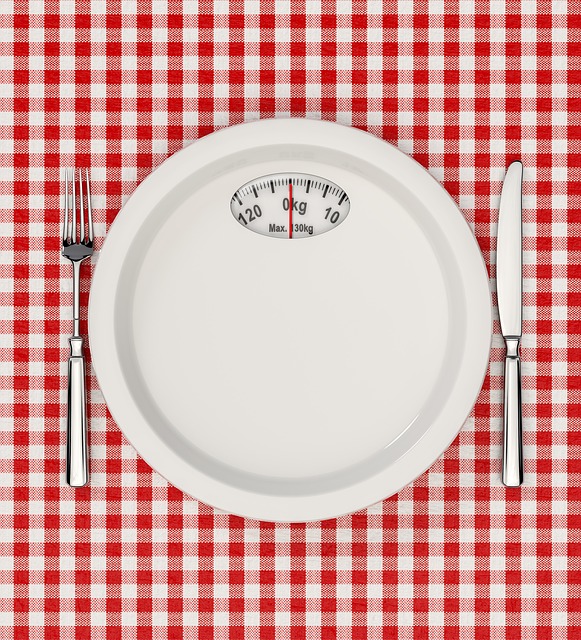


When you mention fasting, most people think of fasting as a form of resistance, such as a hunger strike, fasting for religious reasons, fasting as a means of cleansing your system, or movie stars fasting. Most of the movie star fasting is for weight loss. It’s become a popular method. In most cases, the type of fast is intermittent fasting, where they only consume food within a 6 to 10-hour window and fast the rest of the day. However, some people still fast for several days. How you fast determines how safe it is to exercise and the type of workout you should do.
Your muscles require energy.
Your muscles have glycogen reserves to use during exercise. It helps you maximize your workout by providing energy and starting the recovery process. Energy is necessary for a good workout and is one reason people eat a pre-workout and post-workout snack. If you’re doing intermittent fasting, you’ll still have glycogen stores. If you’re on a longer fast, those stores are often depleted in the first workout, making that workout less effective.
What does your body burn if you run out of glycogen?
When you no longer have the easy form of energy, glycogen, your body starts to burn both fat and muscle tissue, especially if you fast on alternate days or for extended periods. It works differently with intermittent fasting. You should do muscle-building exercises if you’re eating for eight hours of the day and fasting the other 16. It showed that intermittent fasting helped people lose weight but combining it with resistance training four days a week altered their body composition by reducing fat and increasing muscle tissue.
Don’t give up all exercise, even if you’re on a longer fast.
Long fasts can cause you to become light-headed if your exercise is intense. HIIT—high intensity interval training—is one type of training you should only use with intermittent fasting. When doing longer fasts, keep the workout low intensity. Stick with a light walk, a relaxing bicycle ride, or a day floating on your back in the pool. Time your workout to begin after you break the fast that day and before you quit eating for intermittent fasting. You’ll maximize your workout efforts and have a better recovery.
- Learn to listen to your body. If you feel light-headed or dizzy, take a break and discontinue even light exercise. It doesn’t matter whether you’re fasting, that’s good advice that’s good advice for everyone.
- If you’re intermittent fasting and your window to eat is about to close right before your workout, postpone your workout for one to two hours if it’s a meal or 30 minutes if you’re eating a snack.
- Intermittent fasting isn’t a radical idea. You eat normally, except in a more compact timeframe. Studies show it helps digestive issues, reduces insulin resistance, and may lower cancer risks since it boosts the body’s ability to remove damaged cells.
- Always seek your healthcare professional’s advice before fasting. If you’re pregnant, have diabetes, are lactating, or are on medication, fasting may not be right for you.
For more information, contact us today at Travel Trim
